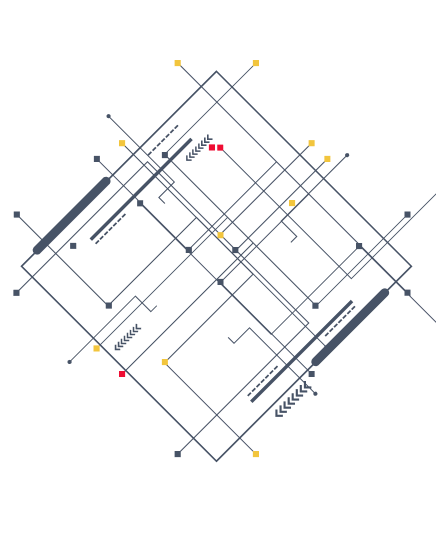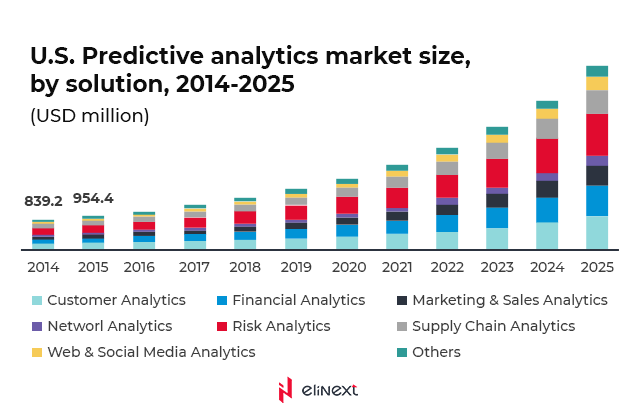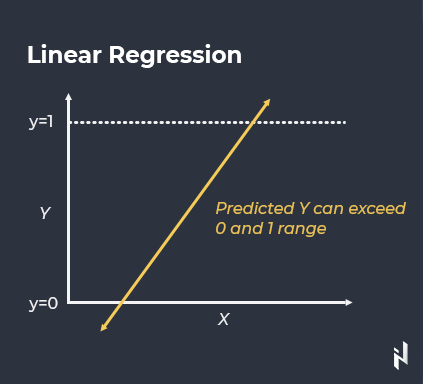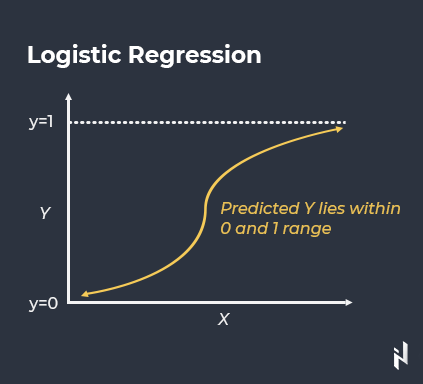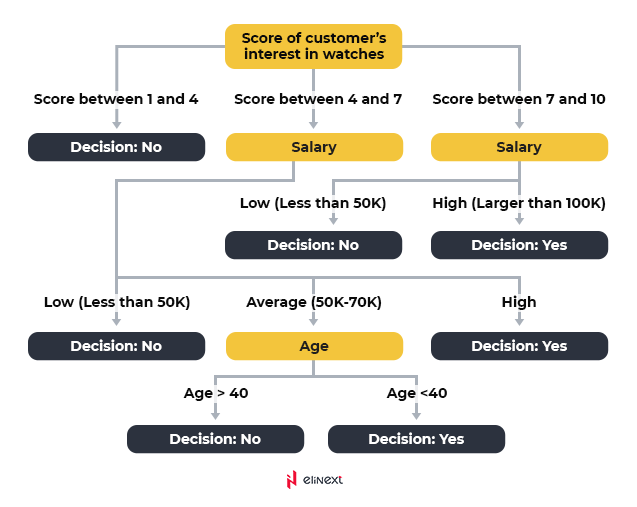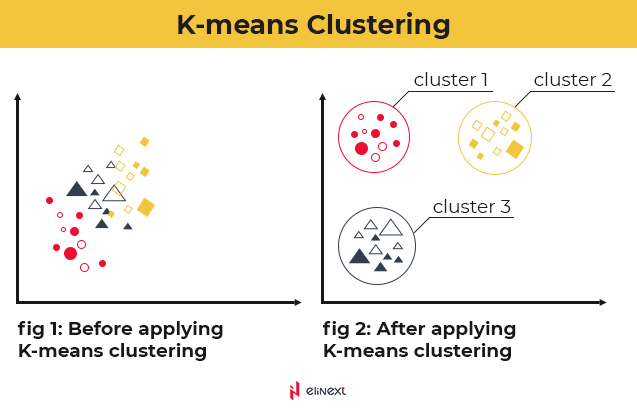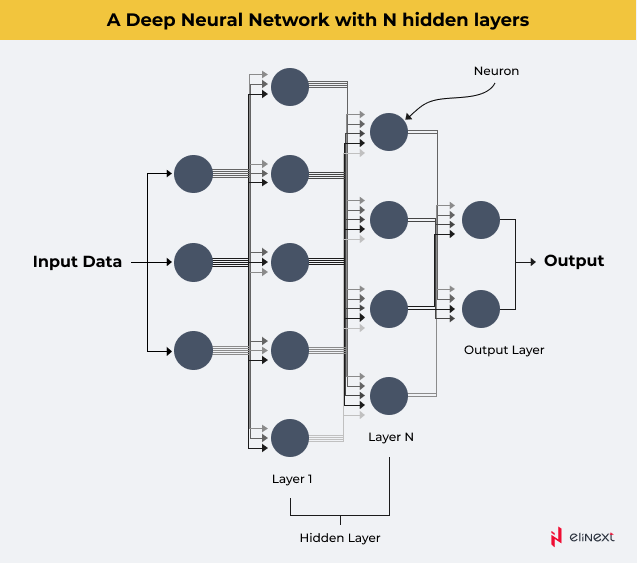Predictive Modeling
Remember the last time you received a promotional email with a curated list of items that actually matched your interests? That’s predictive analytics in action.
Predictive modeling, also called predictive analytics, is a process that uses historic and real-time data to determine the likelihood of outcomes and future events. Besides data, the other piece of the predictive analytics puzzle is sophisticated machine learning technology that is responsible for accurate forecasts.
Given the ability to discover hidden patterns and uncover opportunities for growth and development, it’s no wonder that predictive modeling has caught the support of a wide range of organizations. By 2022, the global predictive analytics market is expected to amass USD 10.95 billion, demonstrating a CAGR of around 21%.
From eCommerce to financial services to logistics and supply chain operations, organizations are ramping up their investments into predictive analytics to turn data into meaningful insights and improve their bottom line. Amazon, the largest online retailer, is planning to spend USD 700 million to upskill almost a third of its workforce for data analytics roles.
Source: Grand View Research
Predictive models at work
With the explosion in big data and advancements in machine data, predictive models have long outgrown the mathematical domain. Now, savvy businesses are harnessing the numerous benefits of high-performance predictive analytics models, including:
Real-time fraud detection
Behavioral analytics models can analyze all network actions in real time to identify suspicious patterns, as well as zero-day vulnerabilities, threats, and attack vectors. These capabilities are particularly useful for the financial industry. With millions of daily transactions, banks and financial institutions can leverage data-driven analytics to process vast amounts of financial data and detect credit card fraud in an effective way.
Improved risk management
Insurance organizations and insurtech companies adopt predictive analytics to accurately identify the risk of default. ML-powered credit risk scoring models can analyze a multitude of relevant data to better predict a person’s creditworthiness and streamline underwriting procedures.
Next-gen personalization
For retailers and eCommerce businesses, data-driven predictive analytics models provide a granular understanding of their customers. Empowered with these insights, brands can better customize messages and offers at the individual level, which translates into better retention and higher engagement.
Predictive care for at-risk patients
By combining data from a range of sources like EMRs/EHRs, medical wearables, healthcare analytics solutions can help healthcare providers identify patients who are at risk of complications (like falls among senior patients). This allows healthcare professionals to reach out before a complication, preventing readmissions and reducing the cost of rehabilitation.
Predictive analytics techniques
Depending on the area of application, predictive analytics techniques can vary from straightforward classification models to sophisticated neural networks. The most widely used predictive analytics techniques include:
Linear regression
Falling under the category of supervised learning, linear regression is a method that attempts to model a linear relationship between the input variable and the output variable. The overall idea behind this most common predictive model is to predict how independent variables affect the dependent ones.
Source Towards Data Science
Logistic regression
In this type of predictive modeling, a linear relationship between the target and the dependent variables is not needed. In simple terms, logistic regression deals with binary data where an event either happens or it doesn’t happen, i.e. either a credit card transaction is fraudulent or not, an email is spam or not, etc.
Source Towards Data Science
Decision trees
A very effective classifier, decision trees are also easy to understand. A decision tree repeatedly split the sample based on certain criteria or questions regarding the sample. Essentially, this is a flowchart-like diagram that helps you see and choose different outcomes.
Source: Dummies
K-means clustering
K-means clustering is a type of unsupervised machine learning used for types of sets of unlabeled data. Based on the features provided, the algorithm iteratively assigns each data point to a K group where K stands for the number of groups and is pre-defined.
This type of predictive model is versatile and can be used to create customer profiles, develop personas based on interests, group inventory by sales activity, and in general detect meaningful changes in data with time.
Source: Analytics Vidhya
Deep neural networks
A subfield of machine learning, neural networks are very complex algorithms that try to mimic the human brain. A deep neural network (DNN) includes multiple layers consisting of artificial neurons a.k.a. perceptrons connected in the inter-layer fashion. Being able to solve complex tasks, DNNs are used across a range of applications — from self-driving cars to facial recognition to medical imaging.
Source: Towards Data Science
We’ve discussed the key predictive modeling techniques but the list can easily go on. Given this variety, it’s important to choose the correct analytics model right from the start to ensure you get accurate forecasts and meet your unique project needs. That said, there are numerous factors to take into account during the selection process like target variables, dataset size, available computing power, and so on.
Integrating a predictive model into your solution requires mature software development skills as well as a hands-on machine learning experience. Also, any team working on a predictive analytics project needs to include data scientists in order to address data-related challenges.
Limitations of predictive modeling
Inadequate data quality
The accuracy of any predictive model depends on the quality of data it uses — a deficiency in the data may lead to a deficiency in the model. Choose appropriate data sources and ensure your data is complete, clean, and curated.
Algorithmic bias
Under-representation or incomplete training data can tip the scale and skew the predictive model decisions towards a particular result. If not proactively addressed, these biases can lead to unintended discrimination and even potentially harmful impact if used in a healthcare solution.
Lack of massive training data sets
To become good at classification, predictive models need thousands of data records. For more complex tasks that require human-like intelligence, these models call for millions of data points for training.
Model overfitting/underfitting
Overfitting refers to the situation when a model is too closely aligned with the training data set, learning all the details and noise, which makes it not useful for new data. On the other hand, underfitting means that a predictive model neither performs well on the training data nor generalizes for new data.
The bottom line
From more accurate fraud prediction to real-time risk management to better tailored services and offers, predictive analytics models enable businesses to gain a competitive advantage and drive growth. These models come in different flavors and need to be chosen based on the unique project needs. Therefore, it may be wise to partner up with a software development company with a track record of building data analytics solutions, which can consult you on the right approach as well as address the challenges in a proactive way.

